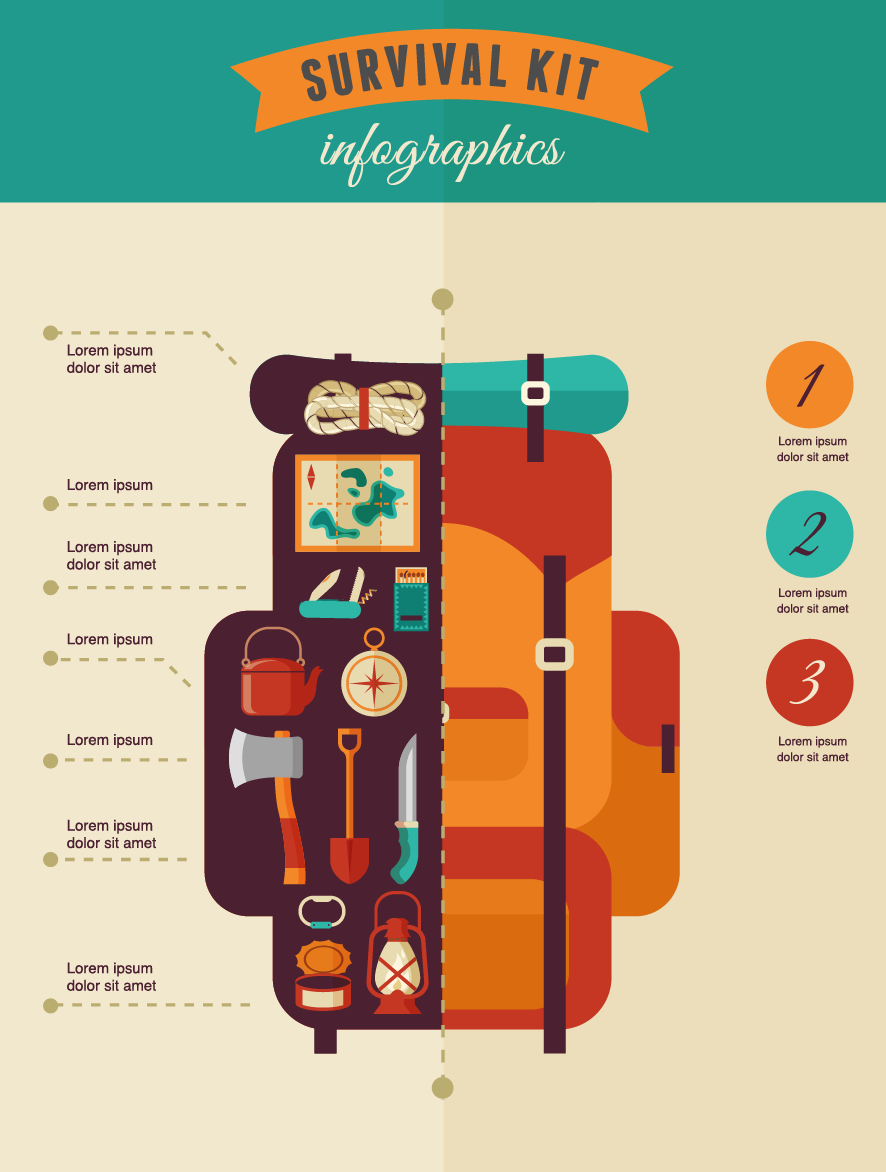Rain flies are a vital accessory for wall outdoors tents. They increase the ability of a camping tent to shield campers from extreme weather conditions while providing included comfort and toughness.
Regular cleaning of a rainfall fly keeps mud, mold, and debris from ruining it. Additionally, making certain the appropriate stress of a rainfly avoids it from drooping and allowing water to gather underneath.
Weather Resistant Products
The material made use of in building tasks can impact the longevity and toughness of the project. Choosing weather-resistant materials helps in reducing upkeep expenses and saves sources for future repair and substitute.
Timber may not be the initial material that enters your mind when going over weather condition resistance, yet it is extremely sturdy when correctly treated with chemicals. Cedar, redwood, and teak are instances of normally rot-resistant woods made use of to make a variety of outside furnishings and structures.
High-performance canvas wall surface tents are designed to withstand dampness and keep campers comfy. It is essential to tidy canvas and camping tents regularly to eliminate dust, mud, and dust. It is additionally necessary to rinse any type of residue from the canvas outdoor tents before storing it away for use. Prevent using bleach, as it ruins the water-resistance therapy and makes the camping tent a lot more susceptible to leak. Alternatively, a soft brush and a hose pipe can be utilized to thoroughly scrub the canvas tent and wash it off with water till it is fully saturated.
UV Exposure
Unless an outdoor tents is made from UV-resistant fabric, prolonged exposure to sunlight will certainly create it to degrade. This is true of all materials, however it's specifically pronounced for tents and canvas structures due to just how much they're made use of in exterior settings. UV radiation can cause dyes to break down, causing a loss of shade vibrancy.
A rainfly safeguards wall surface outdoors tents from these unsafe UV rays by reflecting them before they can permeate the structure and reach your skin. It is necessary to choose a rainfly with a UPF rating of 50 or higher to obtain optimum UV defense.
A rainfly also assists manage the temperature level inside a tent depending on the season. A lighter rainfly can maintain outdoors tents from soaking up too much heat in the summertime, while a larger rainfall fly can aid prevent heat from leaving the camping tent throughout cooler months. In either case, these additional layers of insulation can considerably prolong a camping tent's life-span.
Dampness Damage
Canvas outdoors tents are fairly durable and can last 15-30 years with diligent care, however also one of the most high-performance canvas is not unsusceptible downpours. A rain fly or fly sheet adds a layer of protection for the roof covering of your canvas outdoor tents and aids protect against moisture damage.
Condensation, mold, and mildew are not only unpleasant, however they can also destroy the structural honesty of your canvas camping tent. Stopping these issues is easy, but it calls for tent setup thorough care and attention to detail.
Make it a habit to examine your outdoor tents in the morning and remove any all-natural condensation, dew, or snow that has actually collected on the surface. Later, be sure to spread your outdoor tents out in an open area and make use of a soft brush to scrub away any kind of mold and mildew and mildew that has formed. Once you have gotten rid of the impacted areas, re-treat the tent with a mold and mildew awesome service and rinse it thoroughly to stop any kind of future invasions.
Dampness Build-up
While typical, condensation can damage products if left untreated. Fortunately, aggressive methods like wiping surface areas and airing out outdoors tents lessen condensation' impact.
Outdoor tents material, environment conditions and use patterns contribute to condensation degrees. Sailcloth, for example, resists water vapor dissipation and tends to present beaded droplets quicker than polyester or nylon options. Recognizing this difference informs just how tent proprietors handle condensation.
Resident's exhaled breath and wet clothing and tools spike humidity degrees. An absence of air flow techniques allows moisture to condense when cozy interior air fulfills cooler surface temperature levels. This cycle magnifies on damp evenings or when a camping tent is positioned in reduced areas. Examining and wiping outdoor tents surfaces immediately after cooling down encourages dampness to disperse prior to destructive fabrics or creating mold. Local airflow, such as routing a fan towards joints, additional help the procedure. Recognizing one of the most vulnerable locations of an outdoor tents, like high ridges and corners, aids campers improve their dampness management routines.
